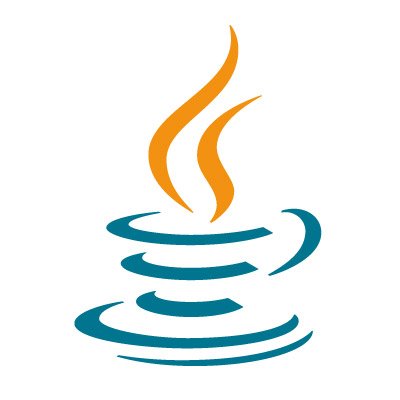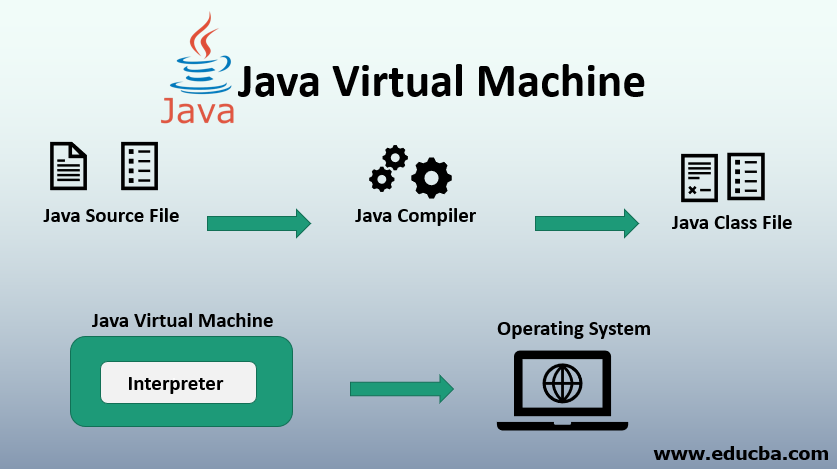JAVA Introduction
JAVA
Use Desktop site in Smartphones to visit our blog in best manner
Introduction to Java
Java was developed by Sun Microsystems, initiated by James Gosling  and released in 1995. Internet is hetrogeneous environment. Other languages can't run in different OS's. But, Java is guaranteed to write once and run anywhere. Java code that runs on one platform doesn't need to be recompiled to run on another OS. This application is typically compiled to bytecode (Class file) that can run on any Java Virtual Machine (JVM). It is desinged for the development of software for consumer electronics. Java is platfom independent. This is an unique techonology to design three basic key elements that are,
and released in 1995. Internet is hetrogeneous environment. Other languages can't run in different OS's. But, Java is guaranteed to write once and run anywhere. Java code that runs on one platform doesn't need to be recompiled to run on another OS. This application is typically compiled to bytecode (Class file) that can run on any Java Virtual Machine (JVM). It is desinged for the development of software for consumer electronics. Java is platfom independent. This is an unique techonology to design three basic key elements that are,
- Usage of Applets
- Powerful programing language constructions
- Rich set of a Significan Object and Classes

JDE (Java Development Environment) has 2 parts,
- Java Compiler - Generate bytecode instead of machine code
- Java Interpreter - Executes Java program
Java is different from C++, because in C++ we can run program without classes, but in Java we can't run any program without classes. Java has lot of features that are,
- Compiled & Interpreted
- Java Compiler converts the source code into bytecode.
- Java Interpreter converts the bytecode into machine executable statements.
- Thus, Java is both compiled and interpreted language. This feature allows for extensive code checking and improved security.
- Platform independent and Portable
- Java programs are capable of running on all platforms.
- It offers Write-Once-Run-Anywhere feature.
- Object Oriented
- Java is Pure object oriented language.
- Outside of the classes coding can't be written..
- Robust
- Java gives some facilities to ensure reliable code.
- Java has built in exception handling.
- Local variables must be Initialized. Strong type checking both at compile and runtime.
- Distributed
- Java can on any platforms.
- Because of this, it can easily distributed and portable
- Familiar Simple
- Java is very simple and familiar for all users, who already studied C and C++.
- Java's control structures other type of facilities are drawn by C and C++ languages. And it is user-friendly.
- Secure
- Programs will run only on JVM.
- So, that malicious programs are minimized.
- Java supports built in security manager. That determines what resources can be accessed.
- Dynamic & Extensible
- Java is a dynamic language.
- Data and methods are occurs only at runtime.
- New classes can loaded even, when the programs is on execution and also called runtime polymorphism.
- Automatic Memory Management
- JVM performs garbage collection automatically to claim the memory occupied by unused objects.
- Some features in C & C++ are eliminated
- In C and C++ Pointer is the striking feature.
- But in Java, Pointer is not supported.
- So that, direct memory access is not allowed.
.jpg)

From next posts we will see how to execute a java program. Initially, we need to install JDK application to execute a java program. In next post, we will see how to install a JDK in our system.
How to install a JDK in our system
Subscribe Knowsomethinks blogspot for more news and coding, the notifications of every post will be updated to you. If you have any doubt on this, you will comment your doubts on contact form which is available in menu.



Comments
Post a Comment